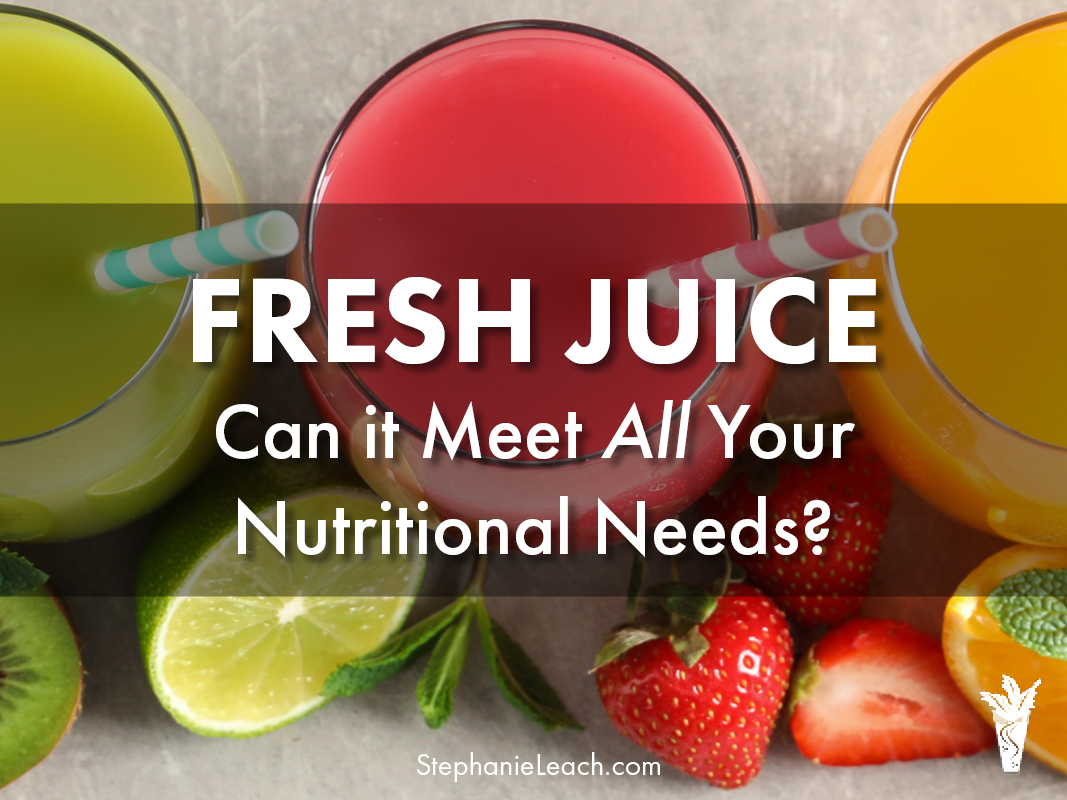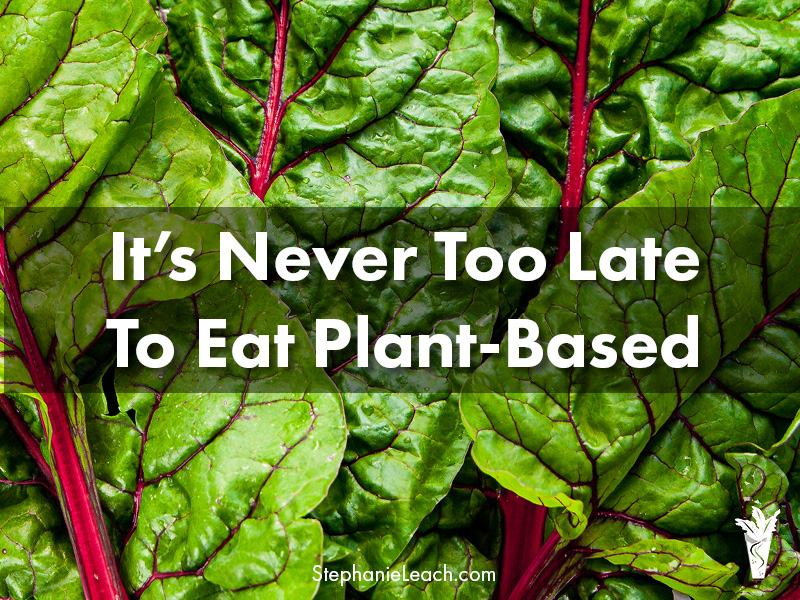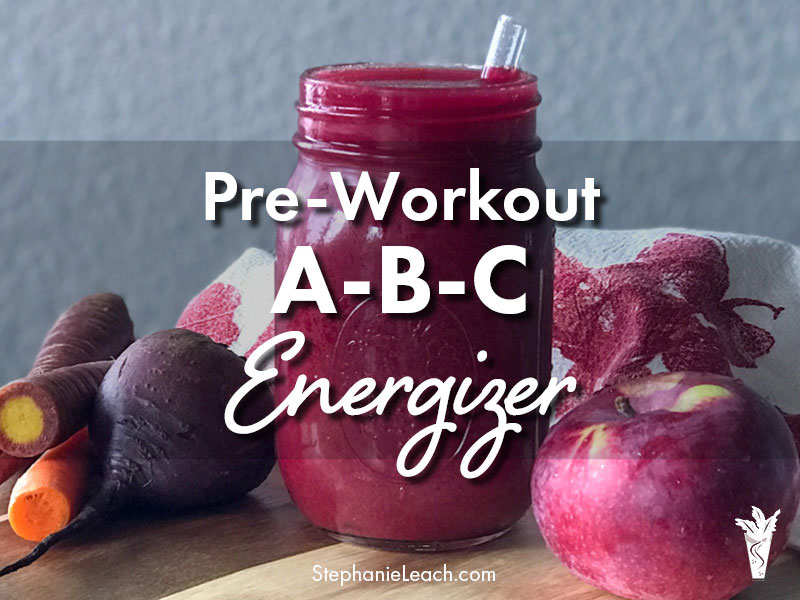The mantra to “eat more whole grains” can be heard everywhere. The pages of your favorite magazines recommend “whole grains” for better weight management. Your doctor recommends you eat whole grains for dietary fiber. And the 2005 Dietary Guidelines for Americans recommends that at least half of the grain that we eat be “whole grain.”
Gradually we responded. We started trading out our white bread for 100% whole wheat bread, and our white flour pasta for whole wheat (grumble) pasta.
Food companies responded by proudly emblazoning “WHOLE GRAIN!” on their product packaging, knowing we will reach for it.
And we should, right?
Not necessarily.
“Whole Grain” vs. The Whole Grain
Dr. Andrew Weil, founder and director of the Arizona Center for Integrative Medicine at the University of Arizona, recently spoke at a nutrition conference about the myth of “whole grain.” He said that most people don’t realize there is a major difference between a WHOLE grain, such as a wheat berry or rolled oat, and a PULVERIZED grain, such as wheat or oat flour.
As it turns out, that slice of 100% whole wheat bread you just ate probably spiked your blood sugar nearly as much as a piece of white bread would have. Why?
According to Dr. Weil, “it takes a long time for your body to process a whole or cracked grain. When you pulverize it into flour, regardless if it is 100% whole wheat, it turns into a high-glycemic food because of its massive surface area. From the point of your digestive enzymes, they are the same.”
So not all whole grain products are created equal, especially if your goal is to regulate your blood sugar and prevent roller coaster insulin and energy spikes and drops.
Whole Grain Bread – The Right Way
So if you want a sandwich, which bread should you choose? Dr. Weil recommends dense pumpernickel or rye with cracked grains. If you can squash it down to the size of a marble (otherwise known in my family as “gut wad,”) then that is NOT what you want to be eating.
If you or your family are used to the smooth texture of highly milled flours, then it may take some time to graduate to denser bread. Just start trading up. Eventually your taste buds will adjust.
Breakfast Cereals & Breakfast/Meal Bars
Cereal bars and boxed breakfast cereals (proudly touting their “whole grains”) that are made from PULVERIZED grain are also quickly digested and spike your blood sugar. If it’s a flake or square or some other shape not recognizable in nature, it is highly processed and not worth your money.
When it comes to breakfast and snacking, choose muesli, granola, oatmeal or other cereal where you can actually SEE the grain. For a real snack or meal replacement bar that will help you manage your weight, and give you steady energy for hours, opt for a raw food bar made from whole grains and seeds and actual whole fruit.
Most of us don’t need to eat “more whole grain.” We need more vegetables. Way, way, more vegetables. And when we do eat a grain, choosing THE WHOLE GRAIN whenever possible will help us build healthy bodies with lots of energy.
So what pulverized “whole grain” product are you going to toss, and what will you replace it with? Share your comments below.









Leave A Comment